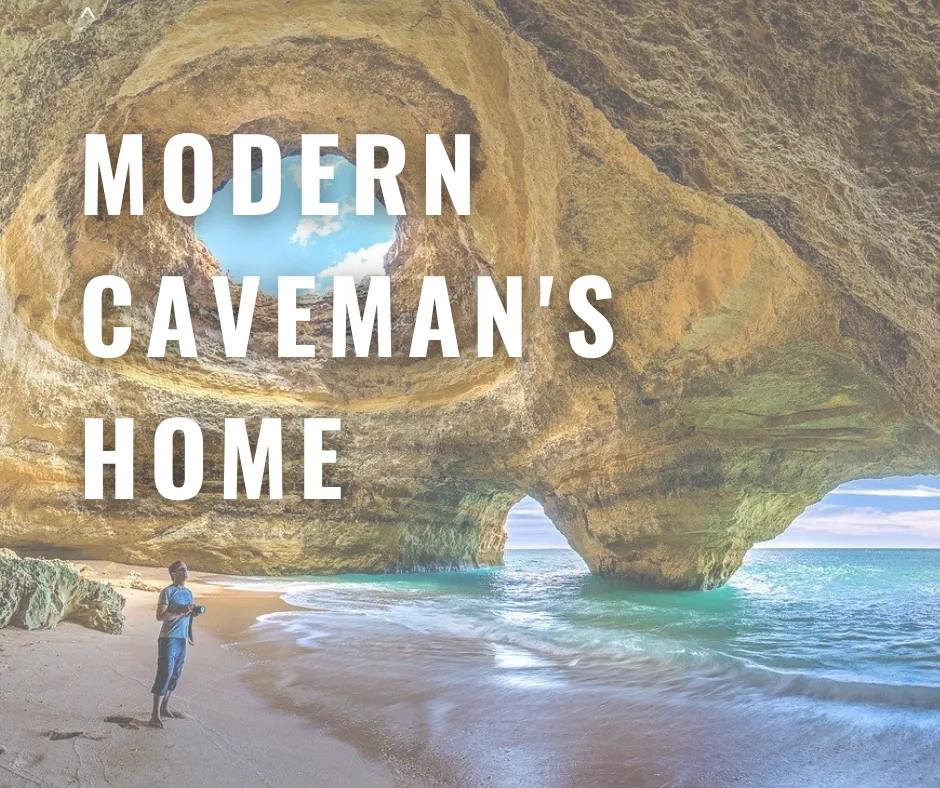
Have you thought of living in a cave similar to how ancient nomads? If you do, this blog is right for you. A cave is dark, warm, and weatherproof that is ideal for a shelter. It may be humble, but It has the basics of a perfect home even before we had floor plans and plasterboard. When we think of people in the Stone Age, we always think of the cave as their home, but they were not. What we see in our museums, like a bare-footed and smock-wearing caveman, is an imagination of how it looks but never really existed.
The subterranean inhabitant is an exception; hence they used caves as homes during the summer when they need to hide from the ferocious sun. On the other hand, some people inhabited caves during migration to seek refuge. Mostly caves were not a permanent home for our ancestors. They only used it for rituals, ceremonies, and events. It keeps me thinking why caves are becoming popular now if they weren't the go-to choice for our ancestors.
Caves have a unique geometry that inspires architects to turn them into masterpieces. Besides, it has exquisite geothermal properties. Many modern architects find caves a fascinating subject for architectural transformation. Many caves transformed into contemporary cave dwellings, which were sculpted out from a landscape many years ago. Here are caves that became a modern livable space:
Million Donkey Hotel, Prata Sannita, Italy
The Million Donkey Hotel was a collection of abandoned buildings that transformed into a large hotel. The Fed721 Architects designed it to have cave-like rooms that have step cliff face. The locals dubbed it as the workhorses, where they help build the hotel by hand. What was unique with the project is local volunteers came together to construct the hotel, which aims to promote the local economy of Prata Sannita. Prata Sannita is entirety as a large, scattered hotel that has abandoned rooms. These give the architect a subject for architectural renovation; hence it bears potential for the future. They perceived the entire Prata Sannita as a single-action space.
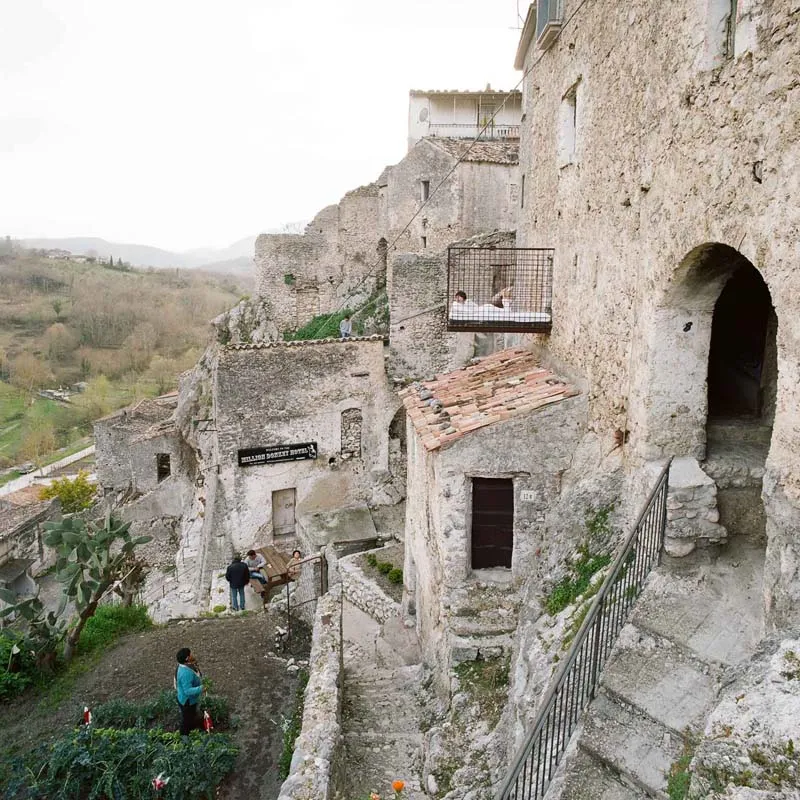
Exterior of the Million Dollar Hotel, Prata Sannita, Italy. (archello)
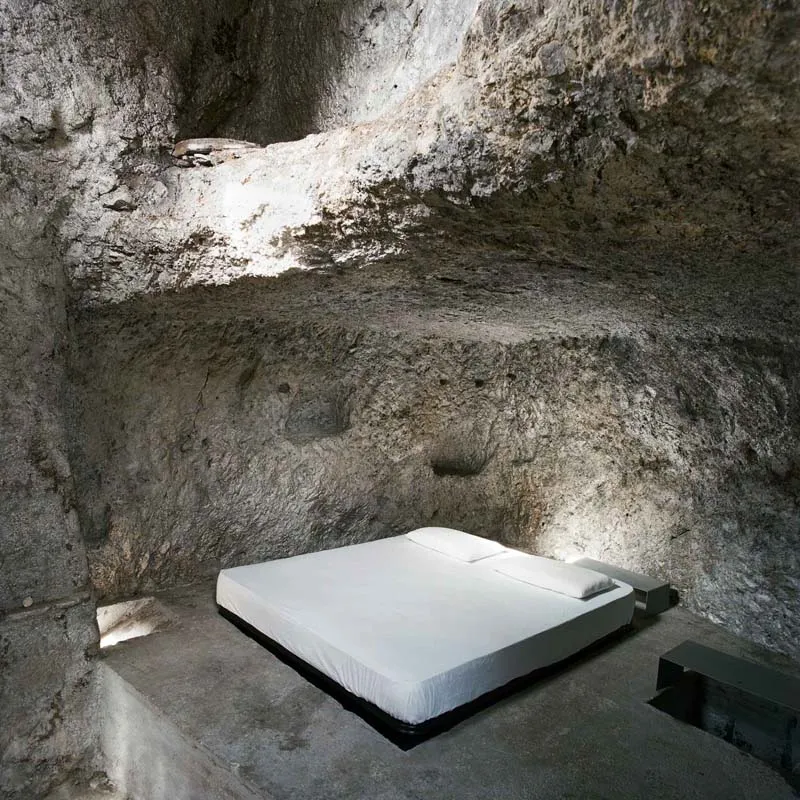
Interior of the Million Dollar Hotel, Prata Sannita, Italy. (archello)
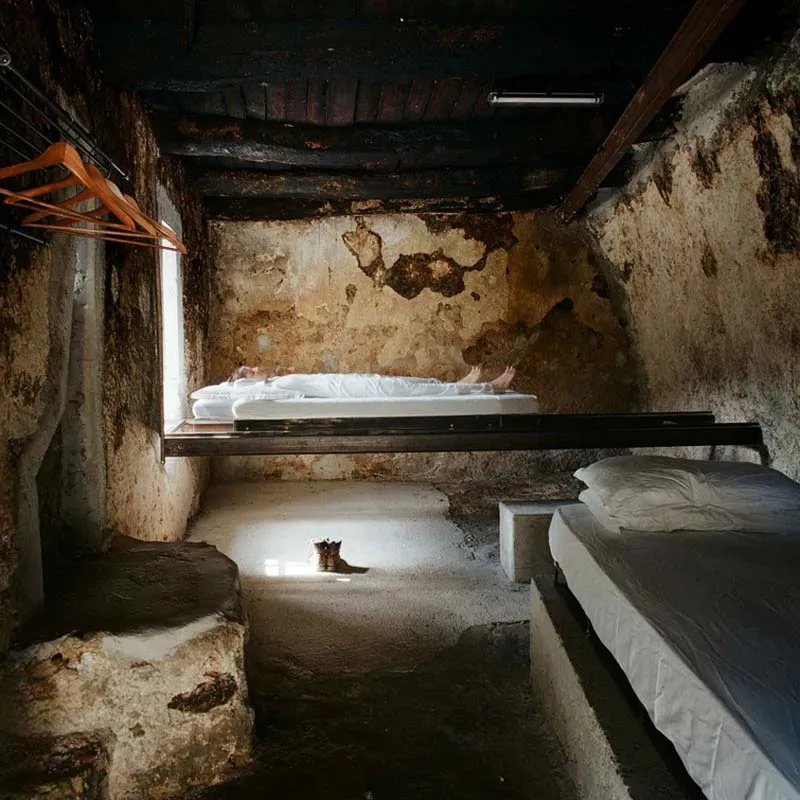
Interior of the Million Dollar Hotel, Prata Sannita, Italy. (archello)
Modern Cave, Tel Aviv, Israel
It is a series of a building designed by Pitsou Kedem that blends the contemporary with ancient architecture. They restored the original space found in cave-dwelling to preserve its characteristics and geometry but integrating a minimalist, modern aesthetic to the structure. We can locate it in Jaffa, which is the ancient port city in the suburbs of Tel Aviv, Israel. The black and white pallet gives strong contrast that never overwhelms the natural stone found throughout.
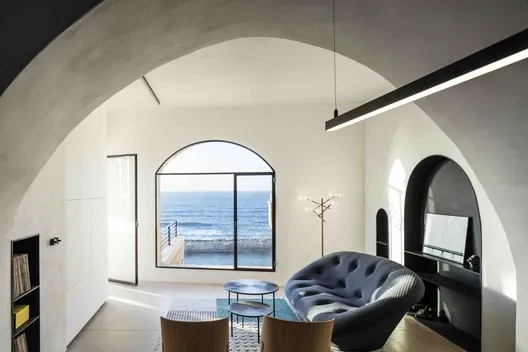
Interior of the Man Cave, Tel Aviv, Israel. (archdaily)
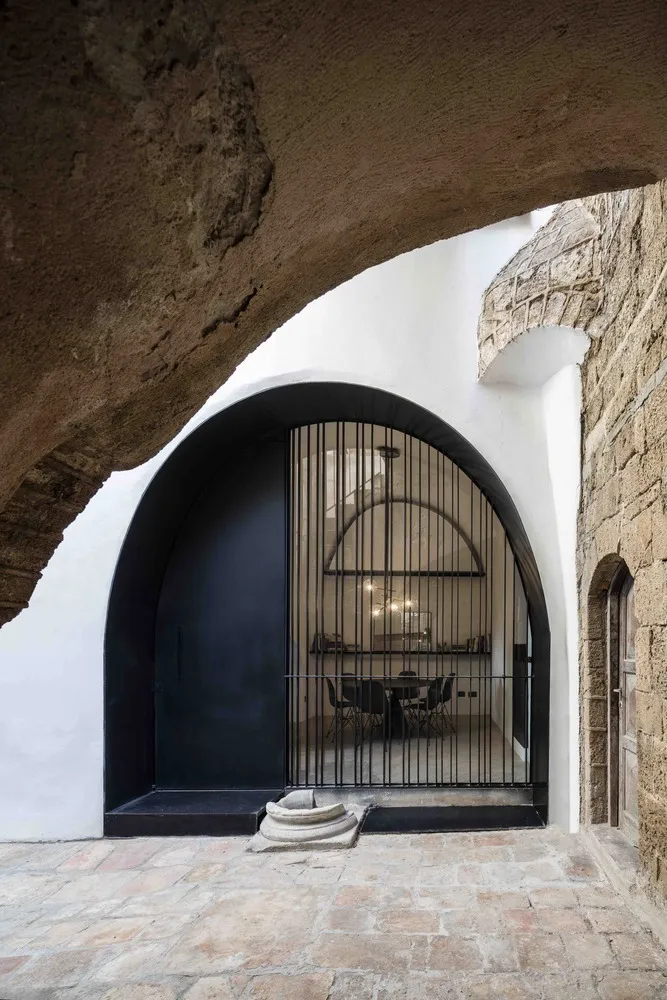
Exterior of the Man Cave. (archdaily)
Wine Cave, Texas, US
The Subterranean building has exquisite climate control, which can ignore the ever-changing weather; hence it is buried in the mountain. It inspired Clayton Korte to design the wine production and storage inside a cave, which addresses the required thermal stability. The wine cave embedded into the north-facing, limestone hillside. It somewhat disappears in our sight and blends with the hillside. The wine cave has a growing wine collection that has a consistent 55-60 degree subterranean temperature. In its interior, it houses a wood-clad tasting lounge with a bar at the entrance.
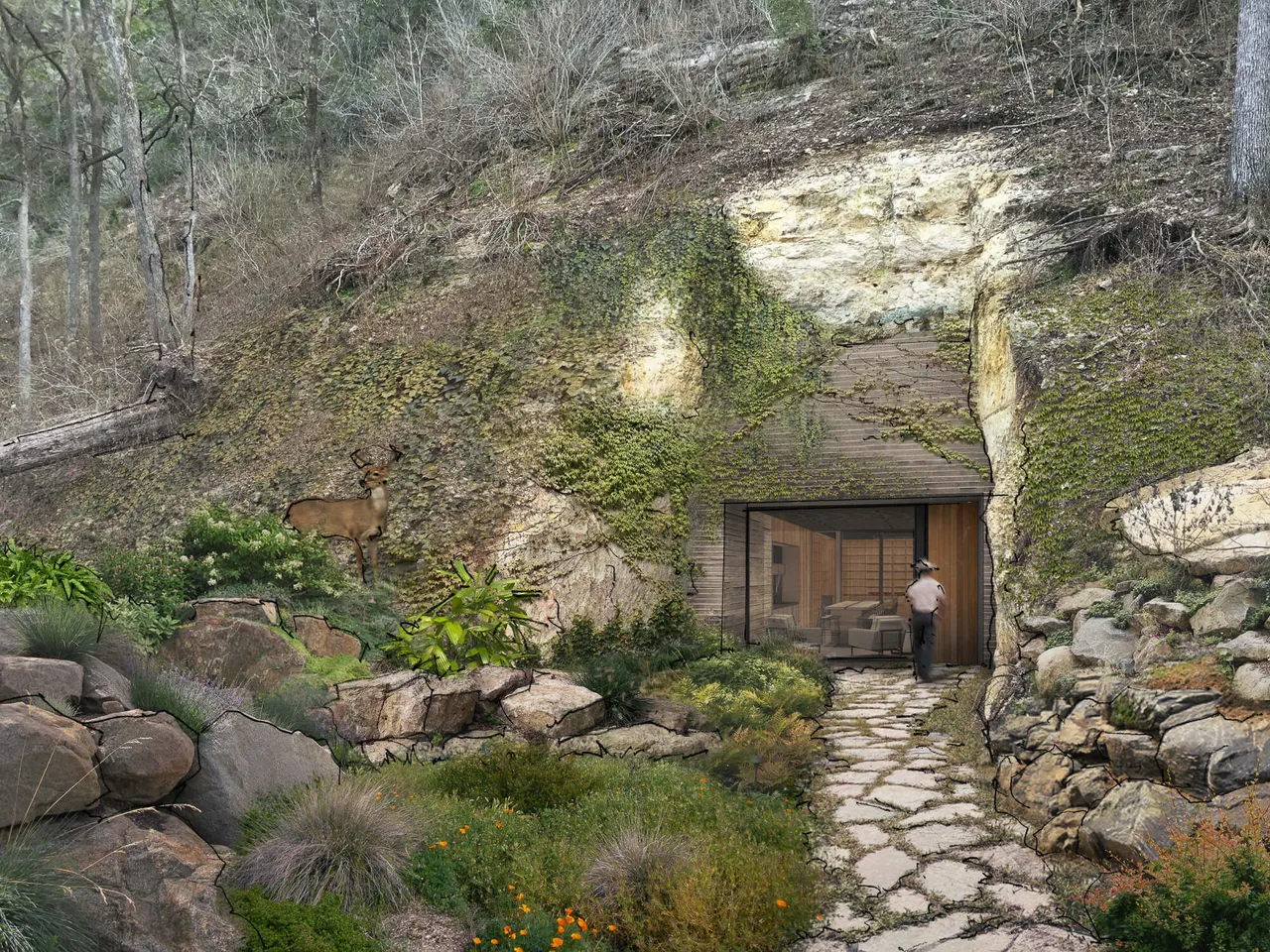
Exterior of the Wine Cave, Texas, USA. (archello)
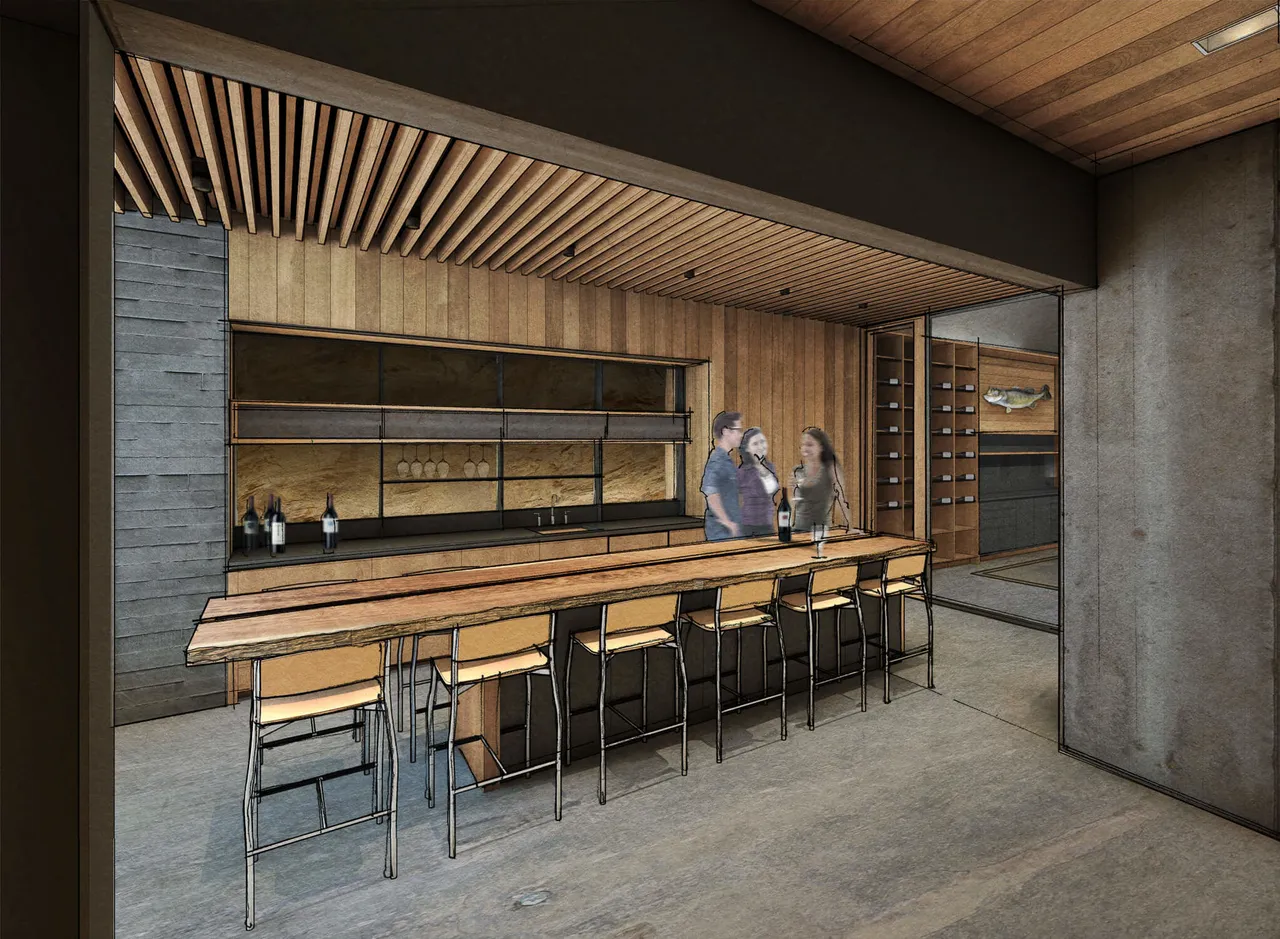
Interior of the Wine Cave, Texas, USA. (archello)
Katpatuka Spa Thermal Hotel, Cappadocia, Turkey
Christians inhabited the landscape to avoid persecution during the hunt in Roman times. Many cave dwellings in Cappadocia, central Turkey became their safe haven. It has a network of vast underground sanctuaries, which are carved from the earth to form churches and chapels. It is where Katpatuka Spa Thermal Hotel builds upon. The series of voids and masses cultivates unique hospitality venues across the region, with Katpatuka Spa Thermal Hotel being a standout example. Designed by GAD Architecture to be a hybrid that translates contemporary design and geological wonder. The architects embrace the microclimates found underground and transform them to suit the needs of the modern traveler.
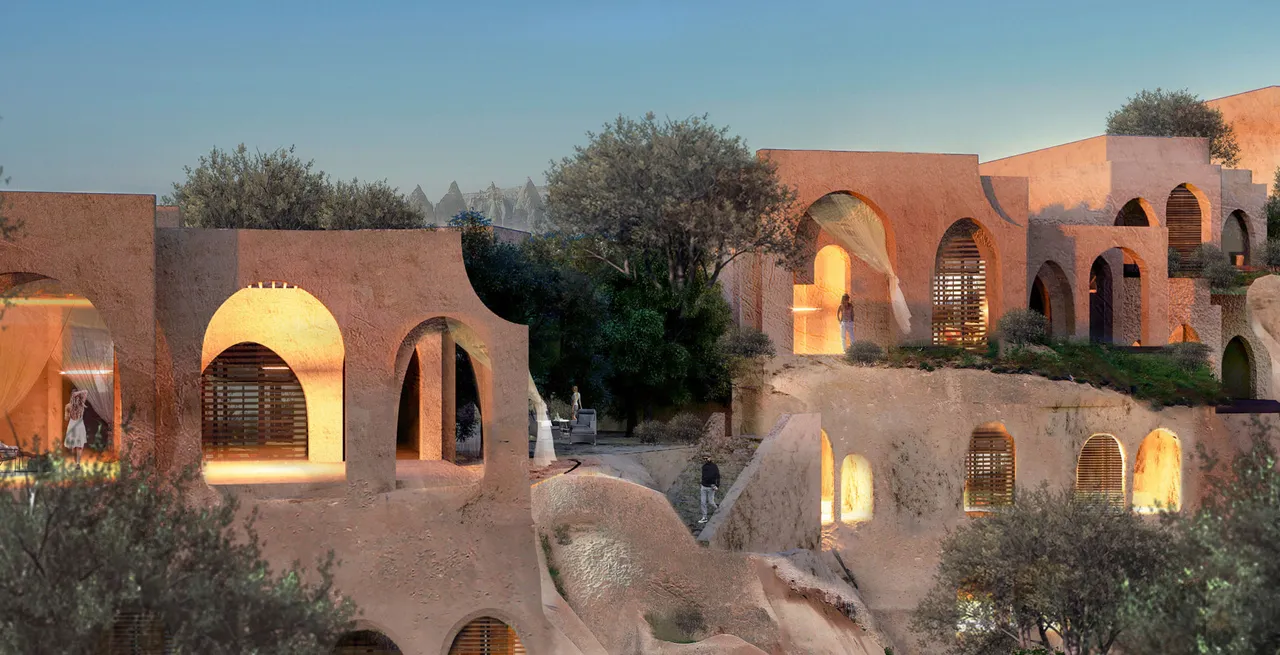
Exterior of Katpatuka Spa Thermal Hotel, Cappadocia, Turkey. (architizer)
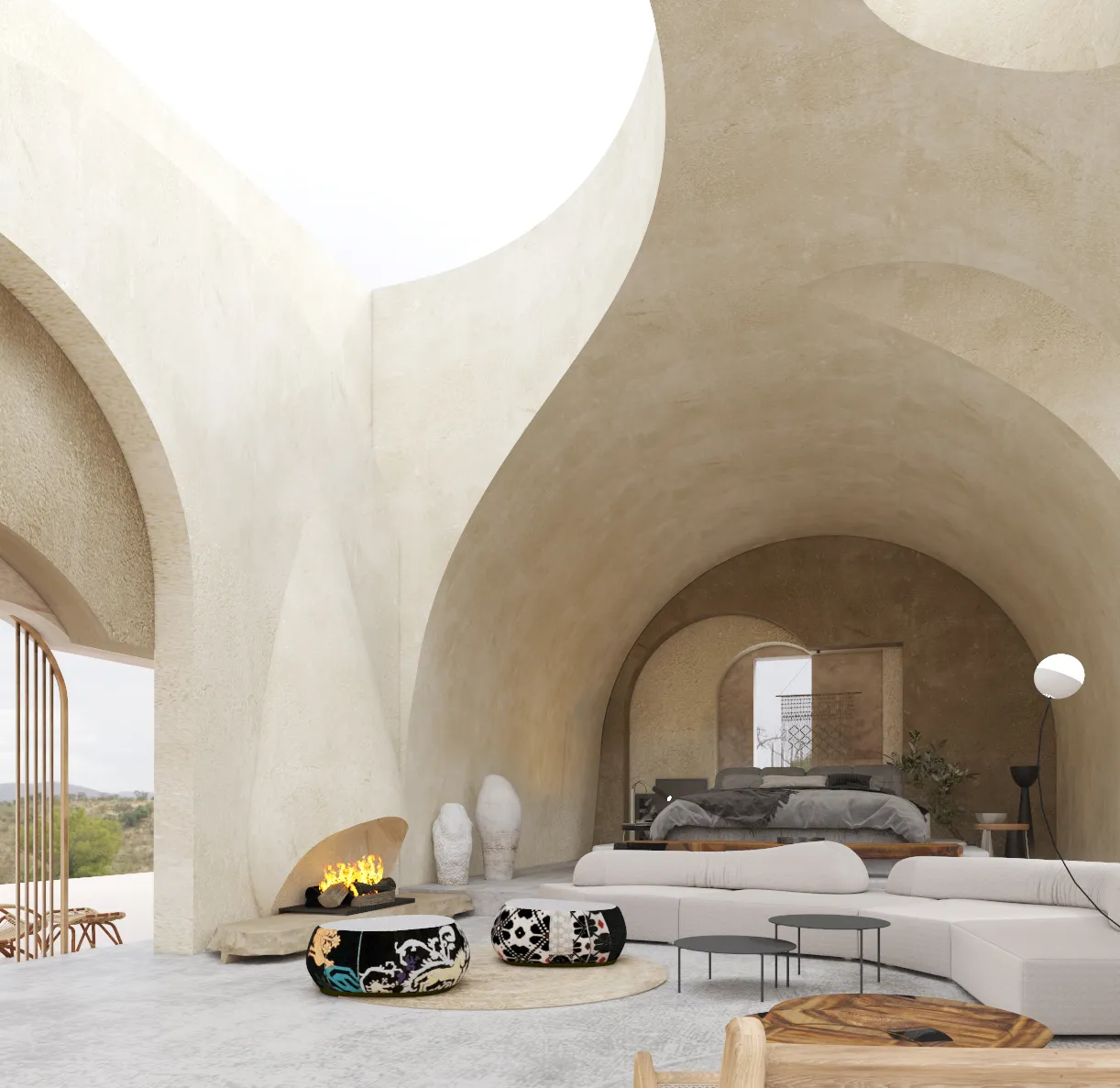 br>Interior of Katpatuka Spa Thermal Hotel, Cappadocia, Turkey. (architizer)
br>Interior of Katpatuka Spa Thermal Hotel, Cappadocia, Turkey. (architizer)Nonagriam Twins, Andros, Greece
The Nonagriam Twins buildings are designed to blend the natural contour s and rugged landscape. The rugged terrain is typically associated with caves, but these beautiful, expansive houses build in are an existing natural stone cave. The A31 architecture design and build the two summer residences on the Greek island of Andros. It is partially above ground and partially subterraneous, which offers uninterrupted views of the Mediterranean Sea at the living space. On the other hand, the underground structure uses geothermal energy and passive design features to give a cozy and warm feeling.
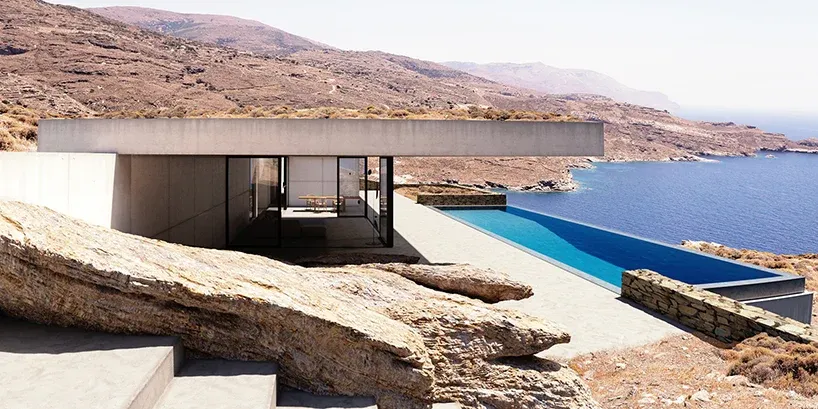
Exterior of the Nonagriam Twins, Andros, Greece. (designboom)
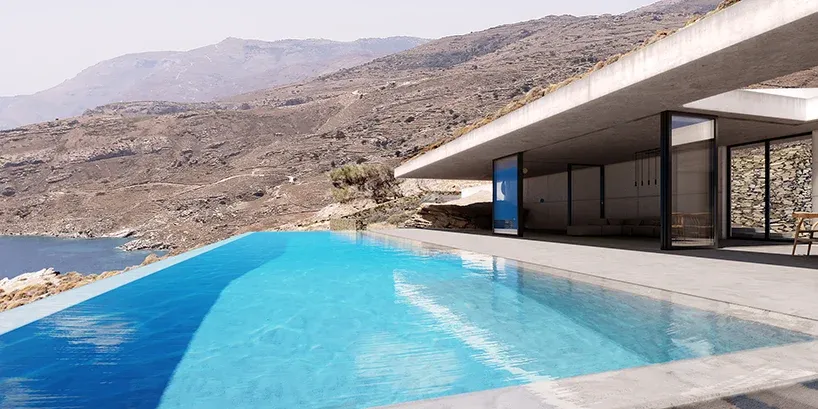
Exterior of the Nonagriam Twins, Andros, Greece. (designboom)
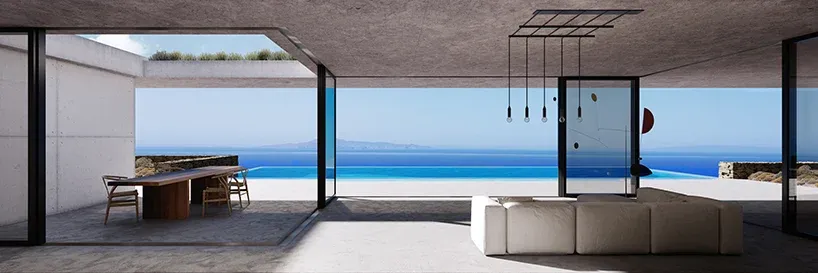
Interior living space of the Nonagriam Twins, Andros, Greece. (designboom)
Summer Cave House, Santorini, Greece
The Summer Cave House juxtaposes the whitewashed architecture, which embraces the natural rocky cliff faces and faces the captivating Aegean Sea in Santorini. The location gives a truly breathtaking site for this project. The place is the home of penniless sailors, who dug out by hand from the earth that gives the unique texture of the volcanic cave homes in the area. It inspired many architects to create a contemporary home from these caves. The vaulted ceilings and windowless cubbies became the most luxurious hospitality venues in the world through the years. It adopts the amorphous shapes of the original cave dwellings and draws in light and atmosphere from the landscape.
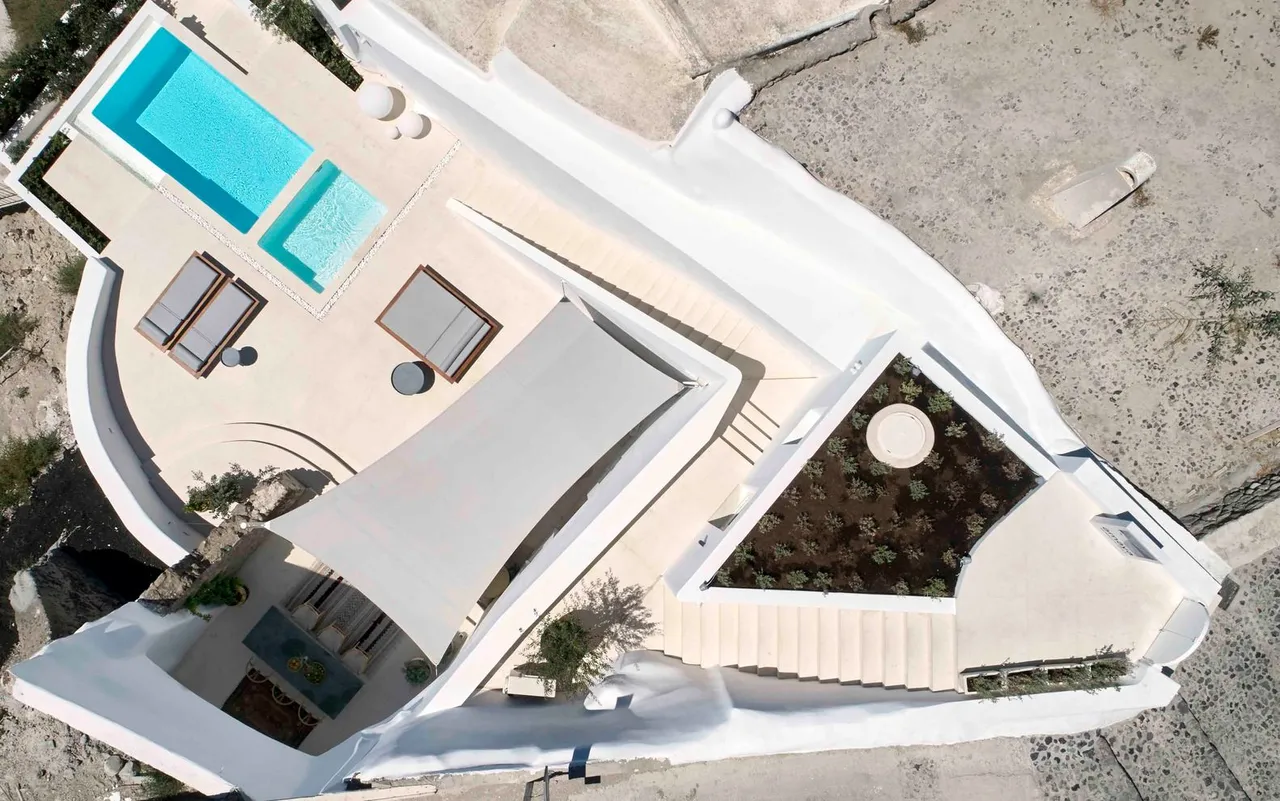
Aerial view of Summer Cave House, Santorini, Greece. (archdaily)
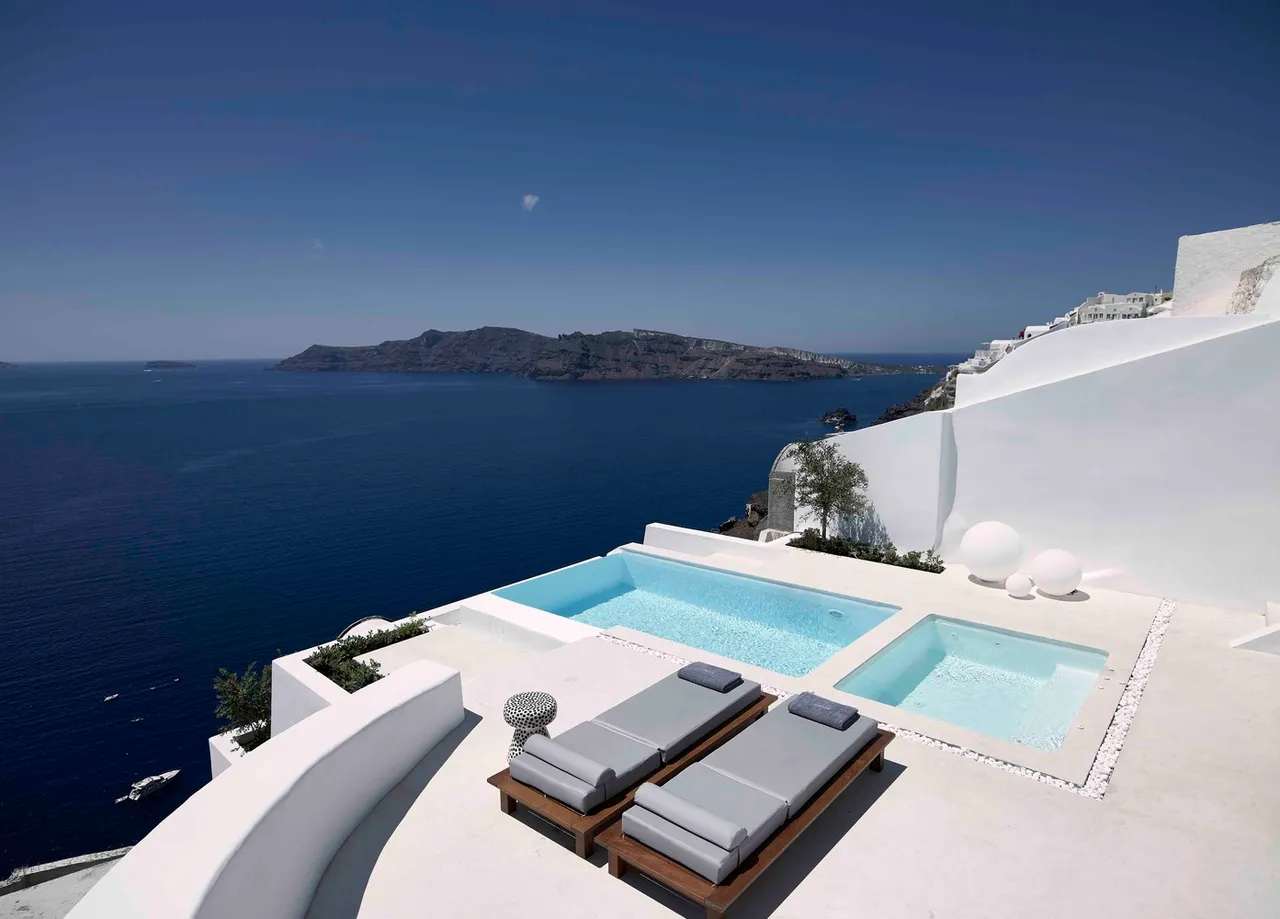
Exterior of Summer Cave House, Santorini, Greece. (archdaily)
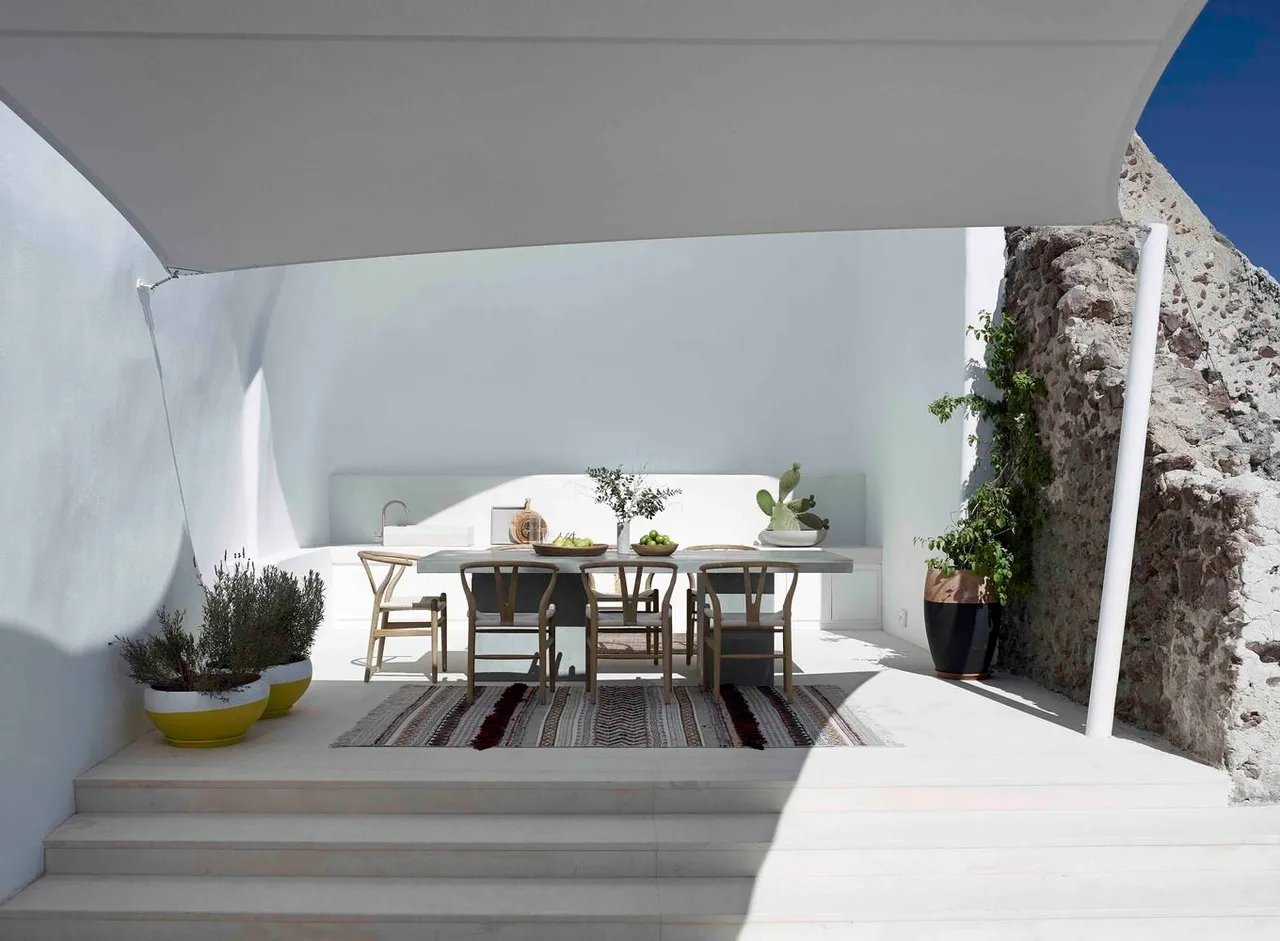
Interior of Summer Cave House, Santorini, Greece. (archdaily)
Cave homes are not a new concept, and it existed since prehistoric times. Deviating the primitive identity of cave dwellings, many contemporary cave dwellings are surprisingly luxurious, comfortable, and beautiful places to call home. It has a head-turning location and tends to be naturally energy-efficient due to exquisite subterranean temperature regulation, which is attributed to insulating earth walls that keep the inside air comfortable all-year-round. I rounded up six abodes that define the modern caveman's home.
Note: The cover image is created by the author using Canva. The background image is from Pixabay.
